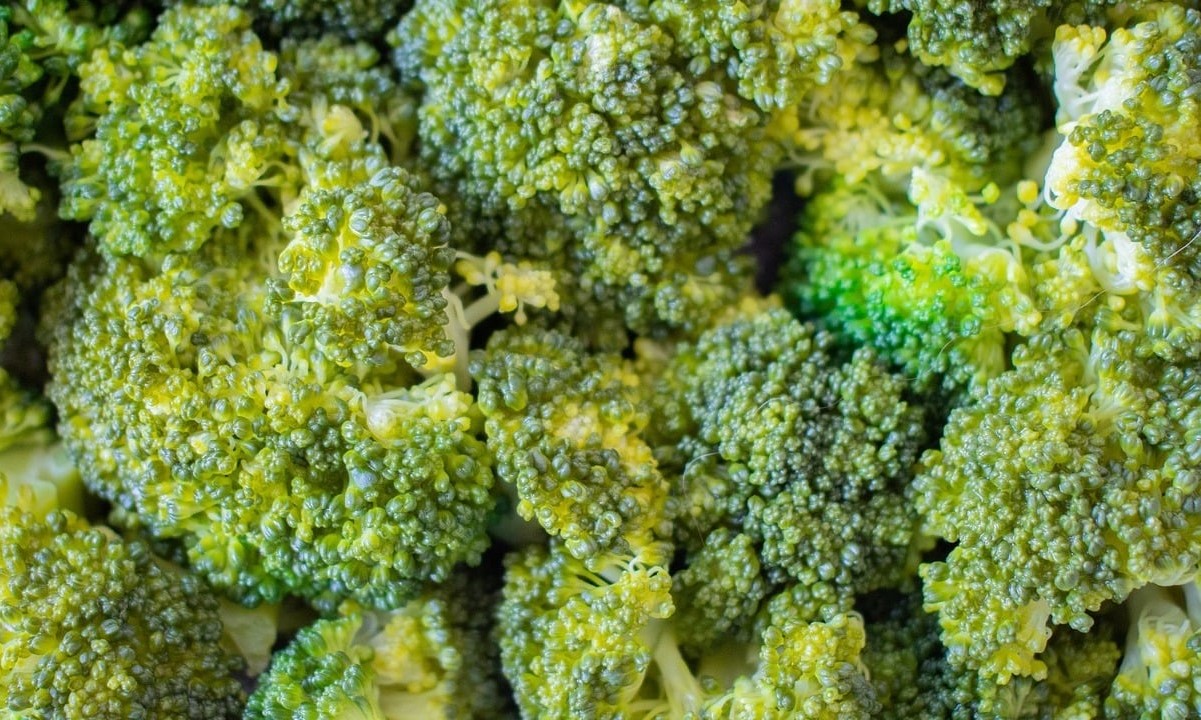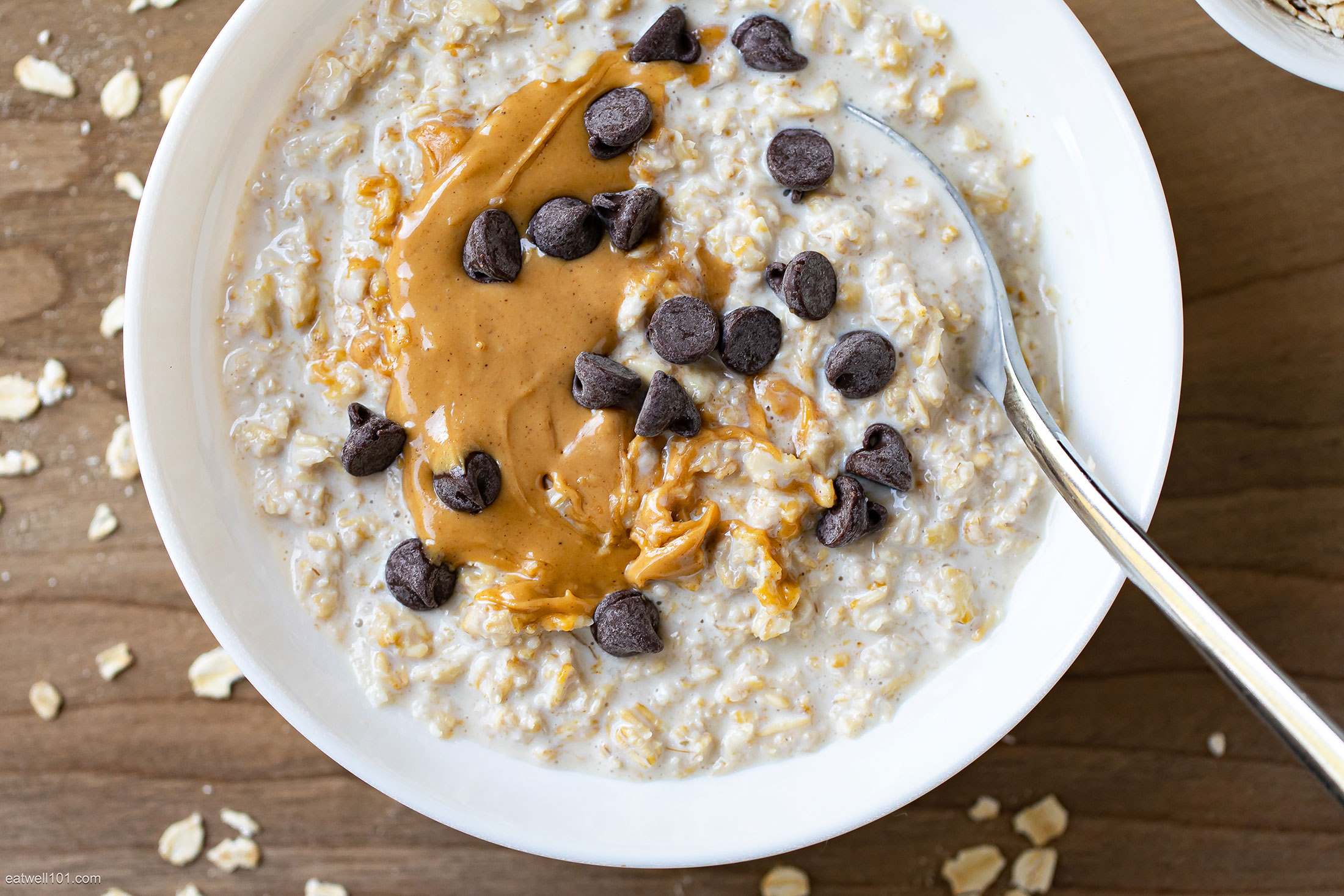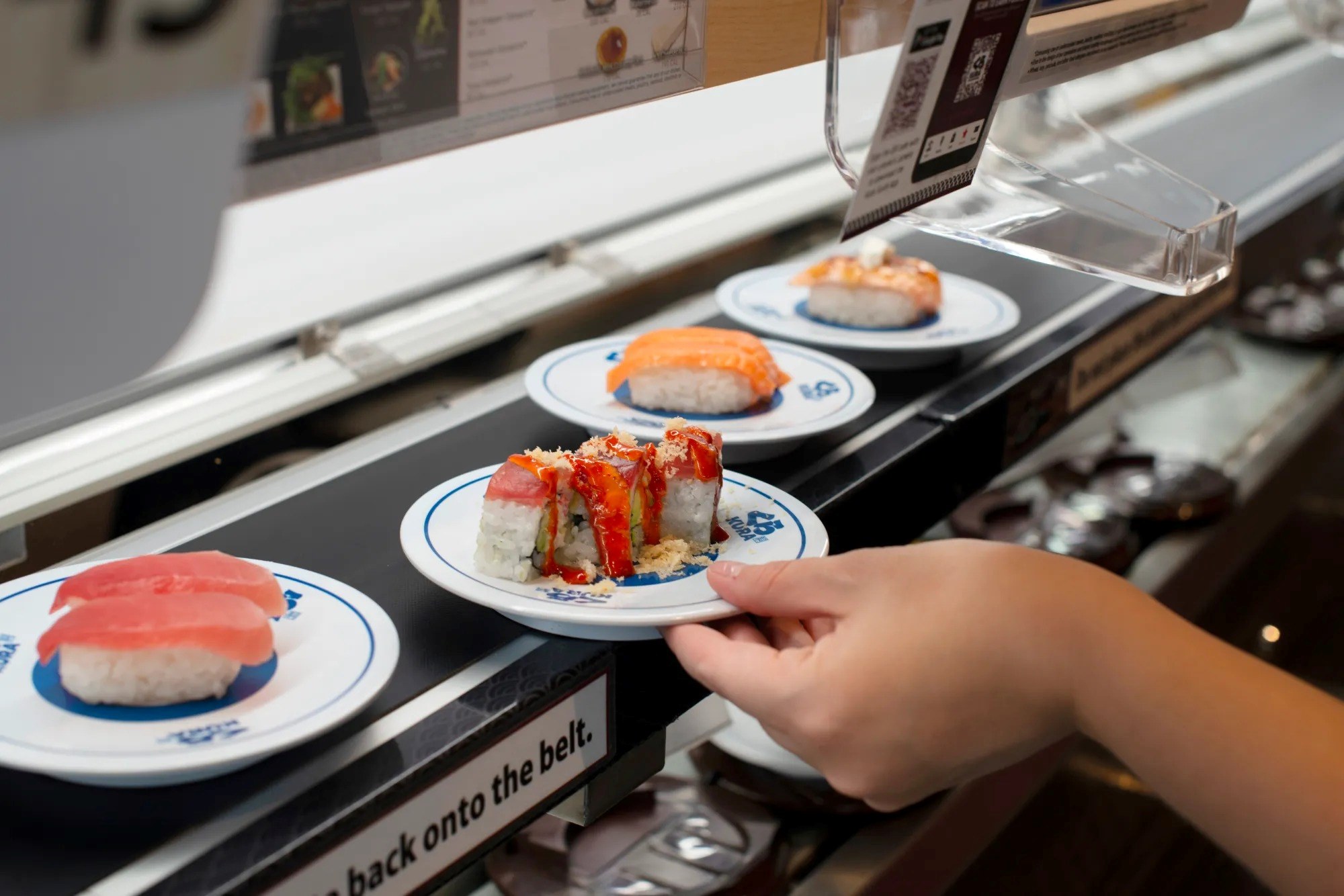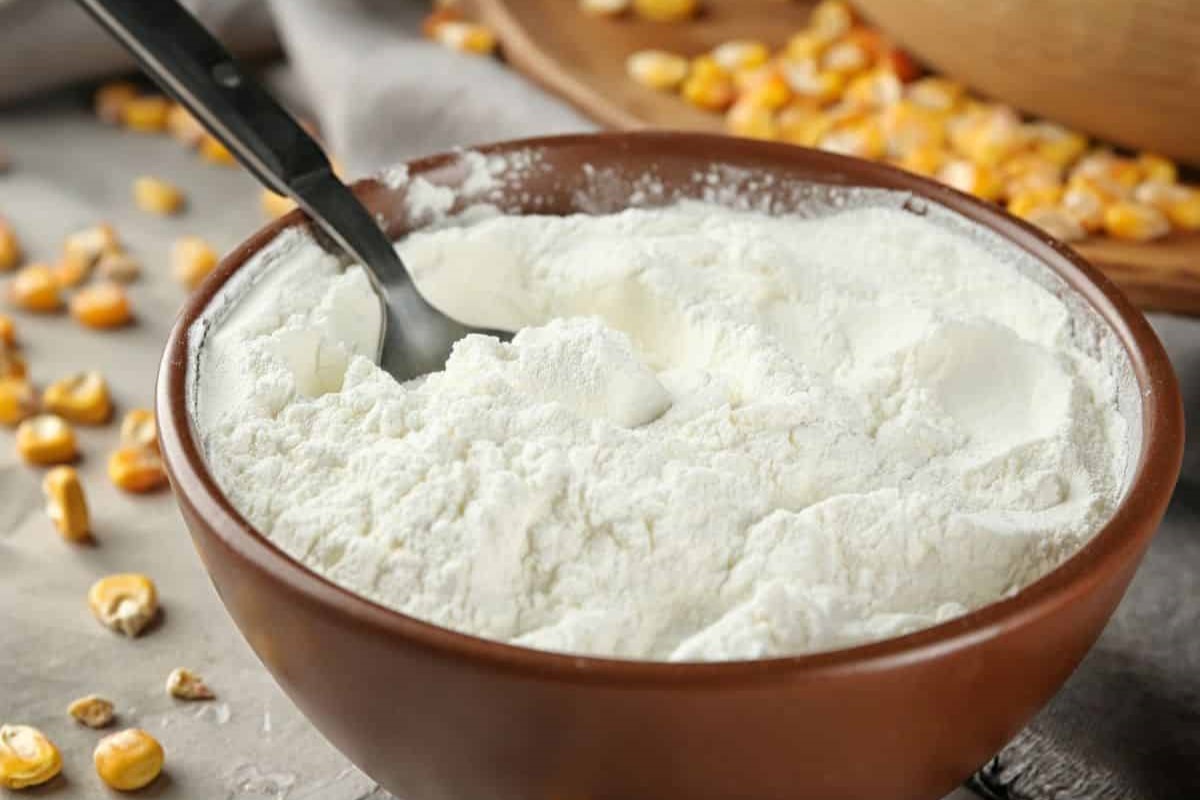Home>Food and Cooking>How To Eat Rambutan
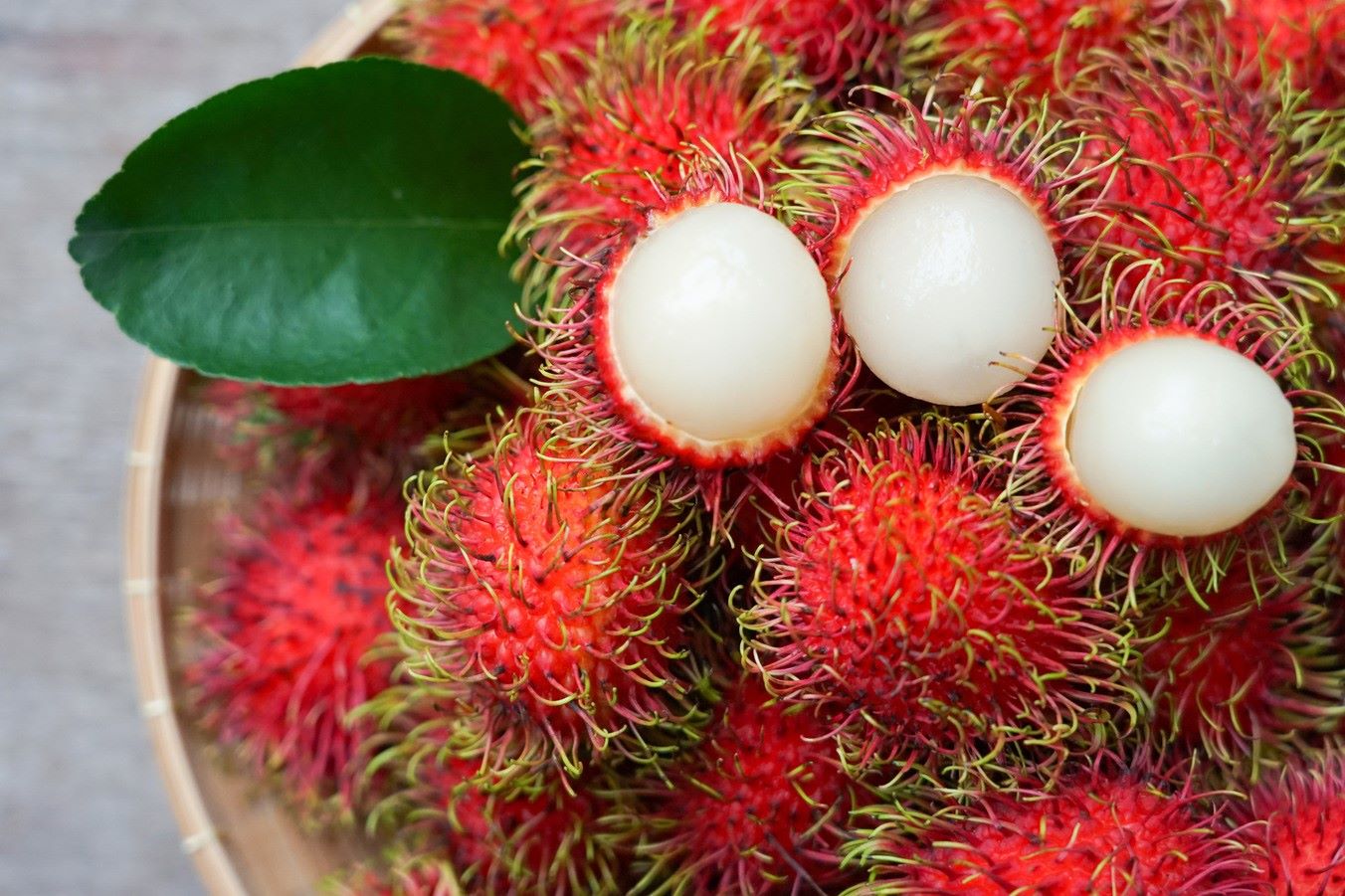

Food and Cooking
How To Eat Rambutan
Published: February 29, 2024
Learn how to eat rambutan with our easy step-by-step guide. Discover the best tips and techniques for enjoying this exotic fruit. Perfect for food and cooking enthusiasts!
(Many of the links in this article redirect to a specific reviewed product. Your purchase of these products through affiliate links helps to generate commission for Noodls.com, at no extra cost. Learn more)
Table of Contents
Introduction
Rambutan, with its vibrant appearance and delectable taste, is a tropical fruit that has captivated the palates of many. Its name, derived from the Malay word "rambut," meaning hair, aptly describes its appearance – a hairy, red or yellow exterior that encases a sweet, juicy flesh. This exotic fruit is not only a treat for the taste buds but also a source of essential nutrients and health benefits.
In this comprehensive guide, we will delve into the world of rambutan, exploring its unique characteristics, the art of selecting the best ones, the proper method of opening them, savoring their succulent flesh, and preserving their freshness. Whether you are a seasoned rambutan enthusiast or a curious newcomer, this guide will equip you with the knowledge and skills to fully enjoy this tropical delight.
Let's embark on a flavorful journey through the realm of rambutan, discovering the secrets of this exotic fruit and unlocking the delightful experience it offers.
Read more: How To Eat Edamame
What is Rambutan?
Rambutan, scientifically known as Nephelium lappaceum, is a tropical fruit native to Southeast Asia. Belonging to the Sapindaceae family, it is closely related to other tropical fruits such as lychee and longan. The most distinctive feature of rambutan is its appearance – a round or oval-shaped fruit covered in soft, pliable spines or hairs, resembling a tiny sea urchin. The color of the rambutan's skin can range from bright red to yellow, with the spines varying in length and thickness.
Upon peeling away the hairy exterior, a translucent, juicy flesh is revealed, encapsulating a large seed at its center. The flesh is typically white or pale pink, with a sweet and mildly acidic flavor profile. The texture is often likened to that of a grape, offering a delightful combination of juiciness and slight chewiness.
Rambutan is not only a tantalizing tropical treat but also a nutritional powerhouse. It is rich in vitamins C and A, as well as a good source of fiber and various antioxidants. These nutrients contribute to overall health and well-being, supporting immune function, promoting healthy skin, and aiding digestion.
Culturally, rambutan holds significance in many Southeast Asian countries, where it is enjoyed fresh as a snack or incorporated into desserts, beverages, and savory dishes. Its availability is often seasonal, with peak harvest periods varying by region.
In essence, rambutan is a visually striking fruit with a delectable taste and a wealth of nutritional benefits. Its unique appearance and flavor make it a sought-after delicacy, offering a delightful sensory experience that embodies the essence of tropical indulgence.
Selecting Rambutan
When it comes to selecting rambutan, a keen eye and a gentle touch are essential. The process of choosing the best rambutan involves assessing its external appearance and considering certain tactile cues to ensure optimal ripeness and flavor. Here are the key factors to consider when selecting rambutan:
1. Color and Texture
The color and texture of the rambutan's skin serve as initial indicators of its ripeness. Look for fruits with vibrant, uniform hues of red or yellow, as these colors often signify that the rambutan is at its peak ripeness. Additionally, the spines or hairs covering the fruit should be pliable and flexible, rather than dry and brittle. A healthy sheen on the skin is also a positive sign, indicating freshness and juiciness within.
2. Firmness
Gently squeeze the rambutan to assess its firmness. A ripe rambutan should yield slightly to gentle pressure, indicating that the flesh inside is juicy and succulent. However, it is important to avoid selecting fruits that are overly soft or mushy, as these may be overripe and have compromised texture and flavor.
Read more: How To Eat A Tamale
3. Fragrance
While the exterior of the rambutan may not emit a strong aroma, a subtle sweet fragrance near the stem area can be an indication of ripeness. Take a moment to sniff the fruit, paying attention to any pleasant, fruity scents that may suggest optimal ripeness.
4. Size and Weight
Opt for rambutans that feel heavy for their size, as this often indicates a higher moisture content and juicier flesh. Larger rambutans may also offer more flesh to enjoy, providing a satisfying eating experience.
By considering these factors and using a combination of visual and tactile assessments, you can confidently select rambutans that are ripe, flavorful, and ready to be enjoyed. With a discerning approach to choosing rambutan, you can elevate your culinary adventures and savor the delightful essence of this tropical fruit.
How to Open Rambutan
Opening a rambutan is a simple yet rewarding process that unveils the luscious treasure concealed within its hairy exterior. Follow these steps to master the art of opening a rambutan and indulge in its juicy goodness:
-
Inspect the Rambutan: Begin by examining the rambutan to identify the location of the stem. The stem serves as a natural indicator of where to initiate the opening process.
-
Hold the Rambutan Securely: With one hand, hold the rambutan firmly, ensuring a stable grip that allows for precise handling during the opening procedure.
-
Use a Sharp Knife or Fingernail: Position a sharp knife or your fingernail at the top of the rambutan, near the stem. Apply gentle pressure to puncture the skin, creating a small incision. Alternatively, you can use your fingernail to pierce the skin, leveraging a careful and controlled approach.
-
Rotate and Pry Open: Once the initial incision is made, rotate the rambutan gently to create a complete, circular cut around the top portion. With the circular cut in place, carefully pry open the top section of the skin, exposing the translucent flesh nestled within.
-
Reveal the Juicy Flesh: As the top portion of the skin is lifted away, the succulent, white or pinkish flesh of the rambutan is revealed, showcasing its glistening appearance and tempting aroma.
-
Discard the Seed: Inside the exposed flesh, you will find a large seed at the center. Remove the seed to unveil the entirety of the edible portion, ready to be savored.
-
Enjoy the Juicy Delight: With the seed removed, the luscious flesh of the rambutan is now fully accessible. Simply bite into the flesh or gently separate it from the seed with your fingers, savoring the sweet, tangy flavor and the refreshing juiciness that defines the rambutan experience.
By following these steps, you can effortlessly open a rambutan and relish its delectable flesh, embracing the tropical essence of this exotic fruit. The process of opening a rambutan adds an element of anticipation and discovery, culminating in a delightful sensory encounter that celebrates the natural abundance of the tropics.
Eating Rambutan
Eating rambutan is a sensory experience that transcends the act of consuming fruit. It is a journey of indulgence, where each succulent bite offers a symphony of flavors and textures, inviting you to savor the essence of tropical delight. Here's how to fully enjoy the experience of eating rambutan:
Read more: How To Eat Persimmons
1. Embrace the Visual Appeal
As you hold the opened rambutan in your hand, take a moment to appreciate its visual allure. The translucent, glistening flesh nestled within the hairy exterior exudes an irresistible charm. The contrast between the vibrant skin and the pale, juicy flesh creates an enticing visual composition, setting the stage for a delightful culinary encounter.
2. Savor the Aroma
Before taking the first bite, bring the rambutan close to your nose and inhale its subtle, sweet fragrance. The gentle aroma hints at the luscious flavors that await, adding an olfactory dimension to the experience. Allow the fragrance to awaken your senses, building anticipation for the forthcoming burst of tropical sweetness.
3. Taste the Juicy Flesh
With the rambutan poised for consumption, take a bite or gently separate the flesh from the seed with your fingers. As the juicy flesh meets your palate, relish the initial burst of sweetness, followed by a subtle tanginess that enlivens your taste buds. The texture, reminiscent of a grape but with its own unique character, offers a delightful interplay of juiciness and gentle chewiness.
4. Appreciate the Flavor Profile
As you continue to enjoy the rambutan, pay attention to its nuanced flavor profile. The sweetness is complemented by a mild acidity, creating a harmonious balance that is both refreshing and satisfying. Each bite unfolds a symphony of tropical flavors, leaving a lingering impression of natural sweetness and subtle complexity.
Read more: How To Eat Papaya
5. Explore Variations
While savoring the rambutan in its natural state is a delightful experience, consider exploring creative variations. Incorporate rambutan into fruit salads, desserts, or refreshing beverages to elevate its culinary versatility. Its juicy flesh can add a tropical twist to a myriad of culinary creations, expanding the possibilities of enjoying this exotic fruit.
6. Share the Experience
Eating rambutan is not only a personal indulgence but also a communal delight. Share the experience with friends and family, introducing them to the unique pleasures of savoring rambutan. The act of sharing enhances the enjoyment, fostering a sense of connection and camaraderie through the shared appreciation of this tropical gem.
In essence, eating rambutan is a celebration of tropical abundance, inviting you to immerse yourself in its visual allure, aromatic charm, and delectable flavors. Each bite is an invitation to embrace the essence of the tropics, infusing moments of culinary delight with the natural sweetness and vibrancy of rambutan.
Storing Rambutan
Proper storage is essential to maintain the freshness and quality of rambutan, ensuring that its delectable flavors and juiciness are preserved for an extended period. Whether you have an abundance of ripe rambutans or wish to prolong the shelf life of this tropical fruit, following the appropriate storage guidelines is crucial.
Fresh Rambutan Storage
When storing fresh, unopened rambutans, it is important to keep them at optimal conditions to retain their flavor and texture. Here are the steps to store fresh rambutan:
-
Refrigeration: Place the unopened rambutans in a perforated plastic bag or a container with ventilation holes to maintain air circulation. Store them in the refrigerator at a temperature of around 50°F (10°C) to 55°F (13°C). The cool, consistent environment of the refrigerator helps slow down the ripening process, extending the shelf life of the rambutans.
-
Avoid Moisture: Ensure that the rambutans are not exposed to excessive moisture, as this can lead to mold growth and spoilage. It is advisable to line the storage container with paper towels to absorb any excess moisture and prevent condensation.
-
Check for Ripeness: Periodically inspect the stored rambutans for ripeness. Ripe rambutans should be consumed promptly to enjoy their peak flavor and juiciness. Unripe rambutans can be stored for a longer duration, allowing them to ripen gradually within the refrigerator.
Read more: How To Eat Dragon Fruit
Opened Rambutan Storage
Once a rambutan has been opened and the flesh has been exposed, it is important to handle it with care to maintain its freshness. Here's how to store opened rambutans:
-
Refrigeration: Place the opened rambutans in an airtight container or a resealable plastic bag. Ensure that the container is sealed securely to prevent exposure to air, which can cause the flesh to dry out and lose its juiciness.
-
Labeling and Date: If storing multiple opened rambutans, label the container with the date of storage to track their freshness. This practice helps in identifying the duration of storage and ensures that the rambutans are consumed within a reasonable timeframe.
By following these storage guidelines, you can prolong the shelf life of rambutan, allowing you to enjoy its tropical sweetness and juiciness over an extended period. Proper storage not only preserves the quality of rambutan but also enhances its versatility in culinary applications, offering a consistent supply of this exotic fruit for various culinary endeavors.
Conclusion
In conclusion, the journey through the realm of rambutan has unveiled a world of tropical indulgence, where the exotic fruit's vibrant appearance, delectable taste, and nutritional benefits converge to offer a captivating culinary experience. From the initial selection of ripe, vibrant rambutans to the art of opening them and savoring their succulent flesh, each step in the process embodies the essence of tropical abundance and sensory delight.
The allure of rambutan extends beyond its visual appeal, as its translucent, juicy flesh delivers a symphony of flavors and textures that evoke the essence of tropical indulgence. The act of savoring rambutan becomes a celebration of natural sweetness, refreshing juiciness, and subtle complexity, inviting individuals to immerse themselves in the tropical essence encapsulated within each fruit.
Furthermore, the cultural significance of rambutan in Southeast Asian countries adds a layer of richness to its culinary presence, where it is not only enjoyed fresh but also incorporated into a diverse array of desserts, beverages, and savory dishes. This cultural resonance amplifies the appreciation for rambutan, elevating it from a mere fruit to a symbol of tropical abundance and culinary creativity.
As we conclude this exploration, it is evident that rambutan transcends its status as a tropical fruit, becoming a conduit for sensory experiences, cultural connections, and nutritional well-being. Its vibrant exterior, sweet and tangy flesh, and versatile applications in culinary endeavors collectively contribute to its enduring appeal, captivating the palates and imaginations of individuals seeking a taste of the tropics.
In essence, the journey through the world of rambutan has unveiled a treasure trove of tropical delight, inviting individuals to embrace the visual allure, aromatic charm, and delectable flavors of this exotic fruit. Whether enjoyed fresh, incorporated into culinary creations, or shared with others, rambutan embodies the essence of tropical indulgence, offering a sensory journey that celebrates the natural sweetness and vibrancy of the tropics.


